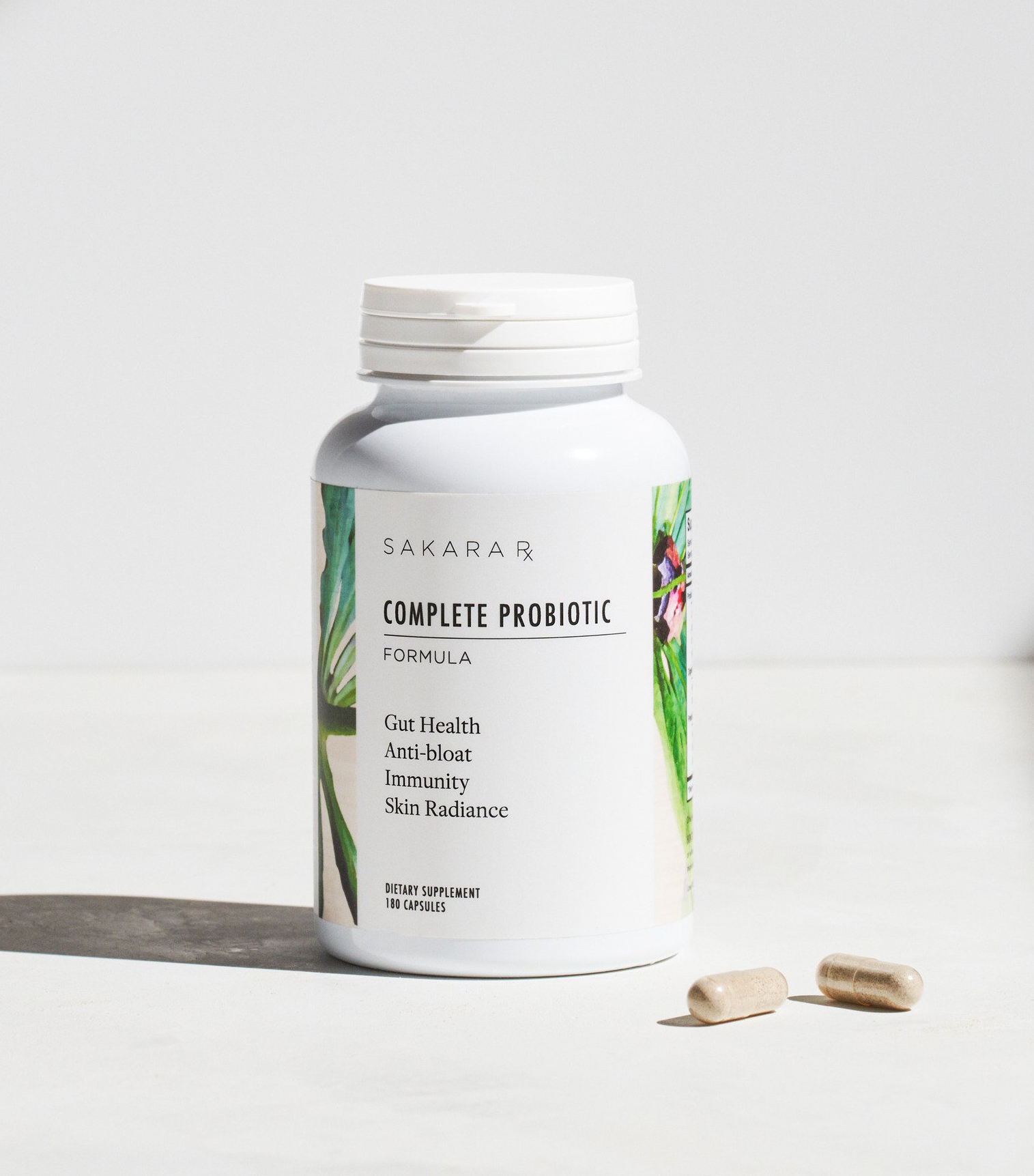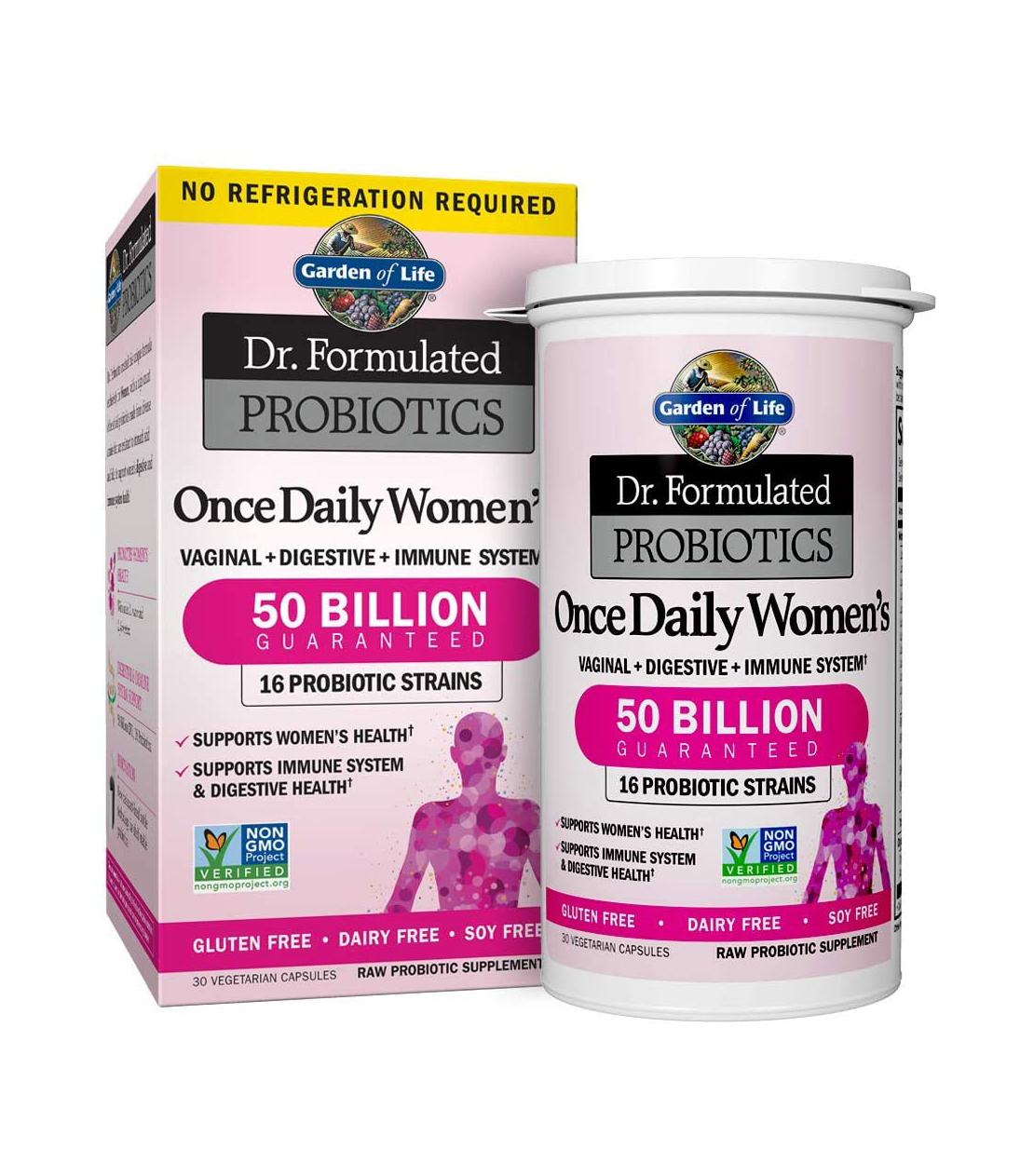Why Cooking With Probiotics Might Change Your Gut Health for the Better
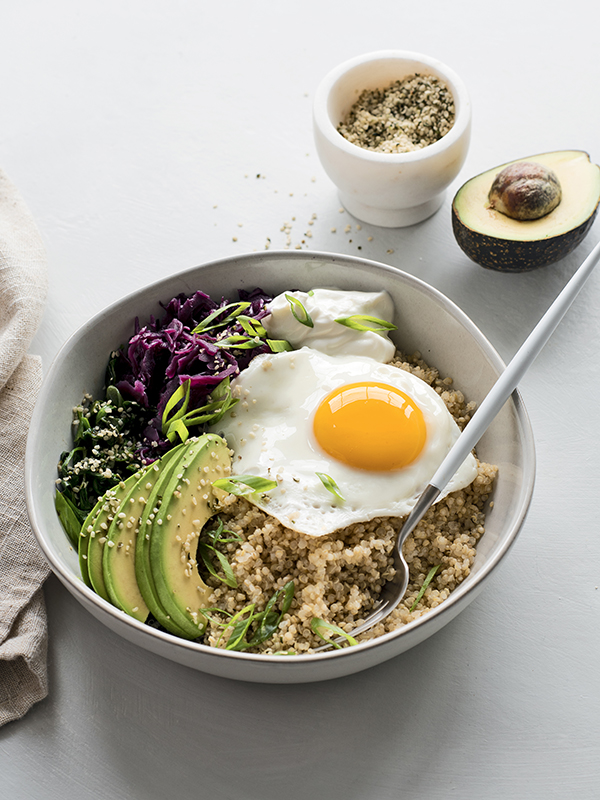
You don't have to be an avid follower of the health-and-wellness scene to have heard of the word probiotics. They have been a trending topic for a while now because of their apparent health benefits, especially for the gut.
For those who aren't quite sure what probiotics are, they're live microorganisms that can help digest food, destroy disease-causing cells, and produce vitamins, according to the National Center for Complementary and Integrative Health. The NCCIH also says that many of the microorganisms found in probiotic products are similar to those that live naturally in our bodies. Essentially, they're the "good bacteria" that contribute to a healthy gut.
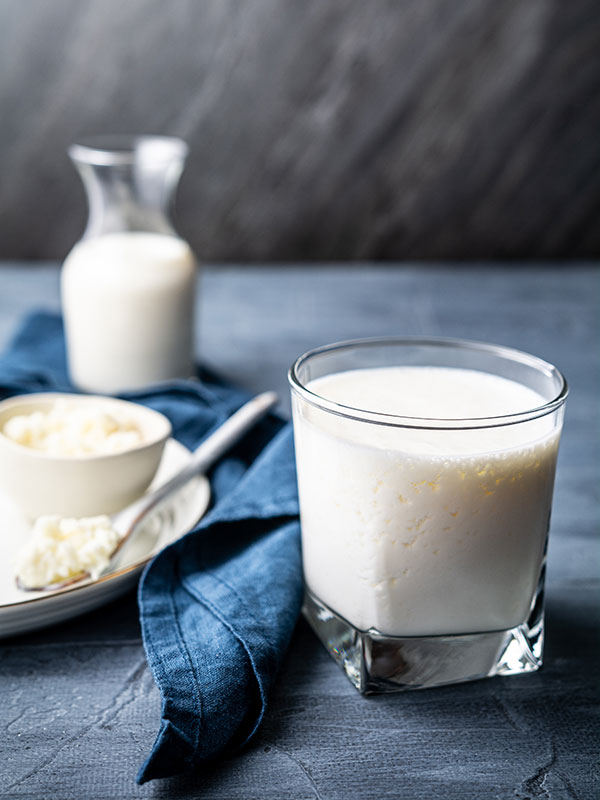
According to Harvard Health Publishing, not all probiotics are the same, but among their potential benefits are the treatment or prevention of diarrhea, irritable bowel syndrome, ulcerative colitis, Crohn's disease, the cause of ulcers, vaginal infections, urinary tract infections, and eczema in children. And you can't have probiotics without prebiotics: "Prebiotics are nondigestible food components that selectively stimulate the growth or activity of desirable microorganisms," according to the NCCIH.
While more research needs to be done to prove the definitive health benefits of probiotics, most people can take them without side effects. As with making any health change, though, it's best to discuss with your doctor first, especially if you have a weakened immune system, take certain medications, and are allergic to sources of probiotics.
While there are many prebiotic and probiotic supplements out there, you can also incorporate probiotic-rich foods into your diet. "Probiotics are naturally found in a bunch of different foods," explains Kelli Foster, senior contributing food editor at The Kitchn and author of The Probiotic Kitchen. "Some of the most common and widely available are yogurt, kefir, fermented sauerkraut and pickles, kimchi, miso, and kombucha."
In her cookbook, Foster gives over 100 all-natural recipe ideas for probiotic cooking. And if you're picturing unappetizing rabbit food, think again: There are a lot of inventive ways to mix probiotic-rich foods into your meal prep. Foster's got recipes like cider-glazed pork tenderloin with sauerkraut and apples, fish tacos with kefir-avocado cream, and smoky tempeh and kale Caesar wraps.
Since you shouldn't forget about prebiotics either, the book features recipe ideas for those microorganisms, too. "You'll find prebiotics in foods like raw asparagus, dandelion greens, bananas, barley, beans, and legumes," Foster adds.
Below, find out some tips for how to incorporate probiotics into your diet.
How to Cook With Probiotics
There are some things you should be aware of when cooking with probiotics so that you won't disrupt the effectiveness of the microorganisms. To get an idea of how to start, we asked Foster for her best cooking tips.
1. Start Small
You don't have to overhaul your whole diet. "If adding probiotic foods into your day is brand new to you, start small and start with something you're familiar with," Foster says. "Love smoothies? Try swapping some of the liquid for milk kefir (it will also add a really delicious tang!) or add a scoop of plain Greek yogurt or cultured cottage cheese. Sauces and dressings are also a great place to start: Whisk in a spoonful of miso for a big punch of flavor or add with milk kefir or Greek yogurt for extra creaminess. You can even turn kombucha into a dressing. Yes, really!"
2. Read the Labels
You'll want to be careful about any added ingredients in probiotic-rich foods because they may cancel out their health benefits. "Take sauerkraut for example—not every kind contains probiotics," Foster explains. "You know those shelf-stable cans at the grocery store? Those have all been pasteurized and don't contain probiotics. Instead, you want to stick with the kraut in the refrigerator case (usually in or near the dairy aisle). Yogurt can be another tricky item. Many flavored varieties can contain a lot of added sugar or artificial sweetener, which basically cancels out any benefits from probiotics. Here, you'll want to stick with plain yogurts."
3. Be Careful With Preparation Methods
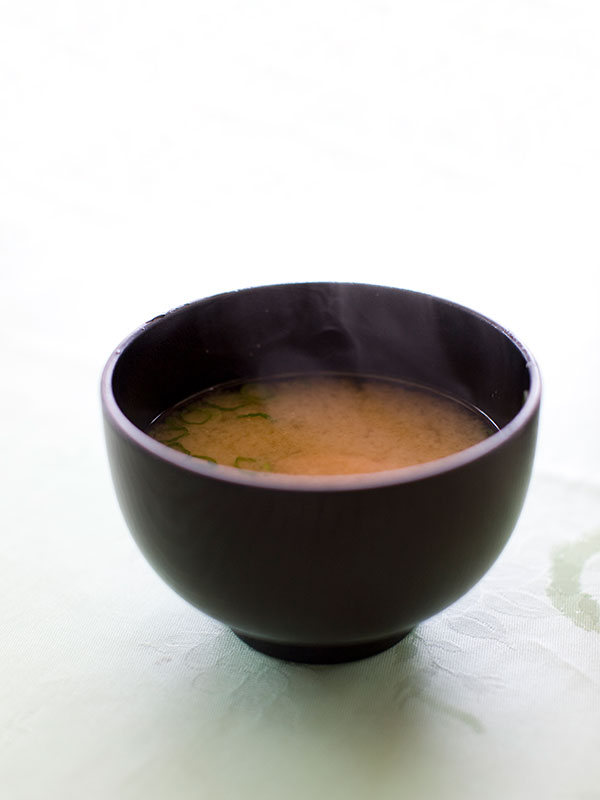
Okay, here's where we admit the term "cooking" with probiotics can be a bit misleading because you actually don't want to put them on the stove or in the oven. "Heat is not a friend to probiotics, and they get destroyed (along with all those good-for-you gut benefits!) around 115ºF," Foster says. "But that doesn't necessarily mean you can't cook with probiotic-rich foods. You just need to be thoughtful about how and when they're added to a dish so you can maximize their benefit. For example, if you're adding something like miso to a soup or using cultured cottage cheese to make a creamy pasta dish, wait until the very end of cooking to stir them in. Or use ingredients, like kimchi or fermented kraut, as a topping or side to your warm dish, like in my kimchi fried rice recipe."
4. Don't Stick to One Type of Probiotic Food
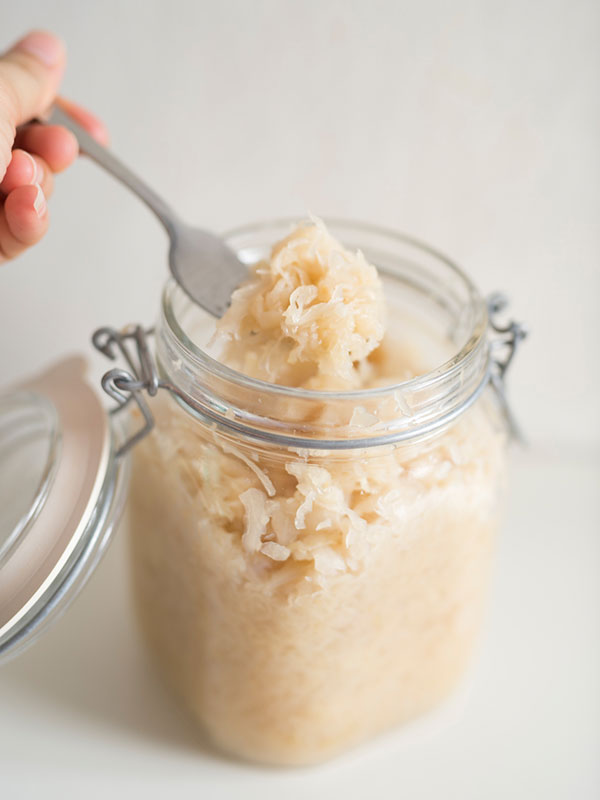
"Eating foods rich in probiotics is great, but eating a variety of probiotic-rich foods is even better," Foster explains. "This is really the key to taking full advantage of gut health benefits. You see, different foods can contain different probiotic strains, with each one having a different effect on your body. Some limit the growth of harmful bacteria in your gut, while others can help your body better absorb nutrients, and some can give your immune system a boost." And as a bonus, a lot of these foods have other nutritional benefits, such as calcium, potassium, protein, and magnesium.
5. Start at the Farmers Market
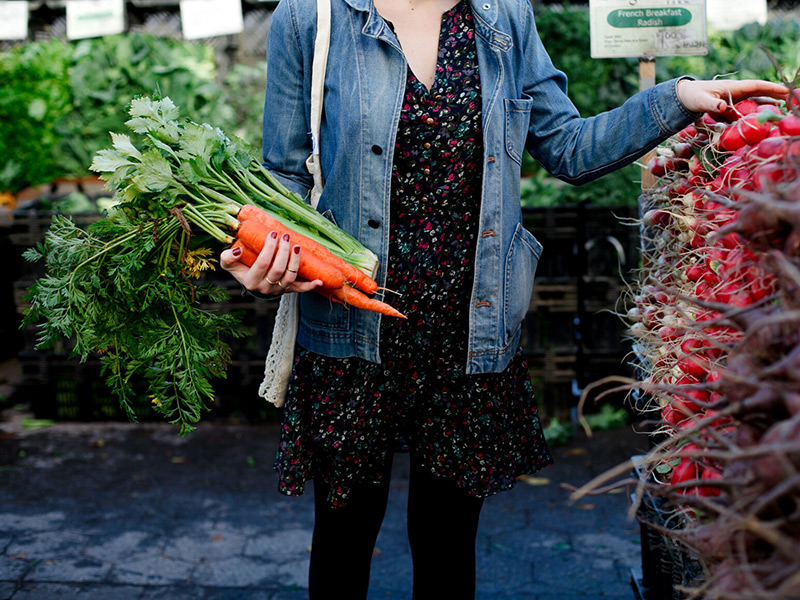
You can find these foods in many grocery and health-food stores, but Foster loves heading to the farmers market. "Farmers markets are such a fun place to find local small-batch fermented foods and drinks—everything from yogurt and milk kefir to different fermented krauts and vegetables," she says. "In addition to supporting a local business and knowing where my food comes from, I can also be sure that these items are usually organic, minimally treated, and super fresh."
6. Don't Go Overboard
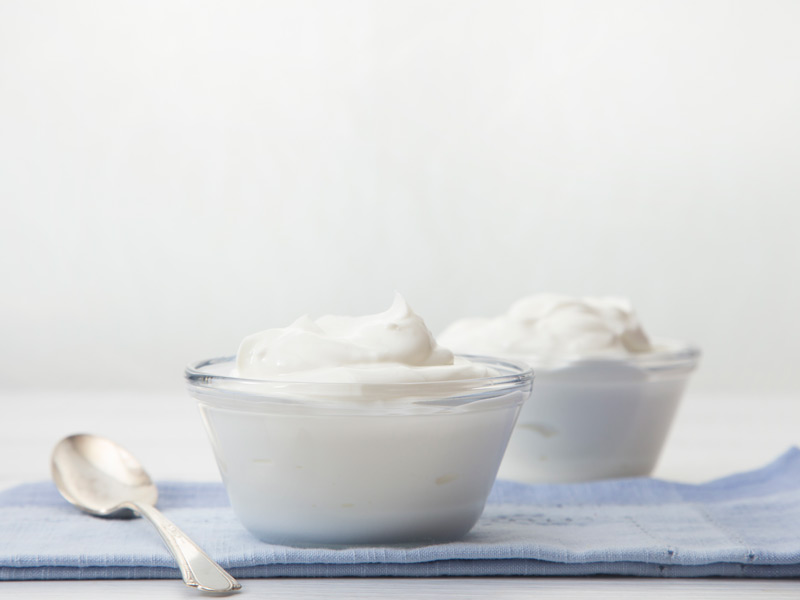
Some people might experience side effects if they consume too many probiotics. "When adding probiotic- and fiber-rich prebiotic foods into your day, think of it as a marathon, not a sprint, adding a little more bit by bit over time," Foster says. "Too much at one time can often lead to some bloating, gas, or diarrhea."
7. Make Swaps
You also don't have to say goodbye to your favorite dishes if you're trying to incorporate probiotic-rich foods into your diet. "One of the ways I like to think about working more probiotic foods into my day is by making them a swap for similar (and often less healthy) foods that don't have any gut-health benefits," Foster suggests. "For example, any time I'm making chicken salad or potato salad, I'll reach for a container of plain Greek yogurt or maybe even milk kefir instead of mayo. The same goes for making creamy dressings or sauces that typically call for sour cream. A big forkful of fermented kraut is a quick way to dress up things like sandwiches, burgers, salads, noodles, and grain bowls and add a pop of tangy flavor."
Probiotic-Rich Recipe Ideas
Want to test some new probiotic-rich recipes? Below, Foster shared three from her cookbook.
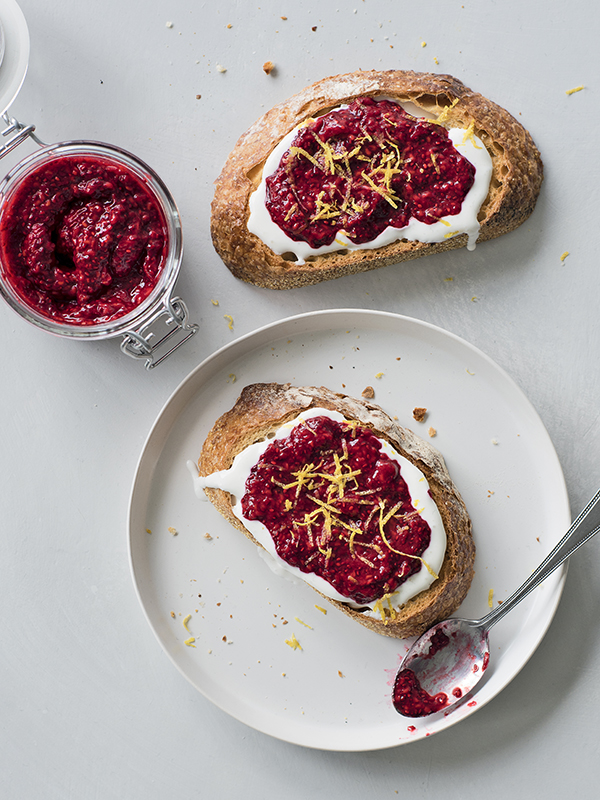
Servings: 4
Ingredients:
1 cup (140 g) frozen raspberries
1 tbsp. (13 g) chia seeds
2 tsp. honey, preferably raw
1 tsp. freshly squeezed lemon juice
1 pinch kosher salt
1 cup (255 g) cultured cottage cheese
2 slices thick-cut sourdough or sprouted-grain bread, lightly toasted
Finely grated lemon zest, for topping
Directions:
1. Heat the raspberries in a small saucepan over medium-high heat, stirring occasionally, until bubbling. Break up the fruit with the back of a spoon. Stir in the chia seeds, honey, lemon juice, and salt. Remove from the heat and cool completely, about 10 minutes. The jam will thicken as it cools.
2. Meanwhile, add the cottage cheese to a food processor, regular blender, or immersion blender and blend until smooth and creamy, about 2 minutes.
3. Spread the cottage cheese over each piece of toast, top with a layer of raspberry chia jam, and sprinkle with lemon zest.
Cooking Tip: Mornings can be busy, but I have good news. Both the chia jam and whipped cottage cheese can be made ahead of time! Store them separately in covered containers in the refrigerator for up to five days.
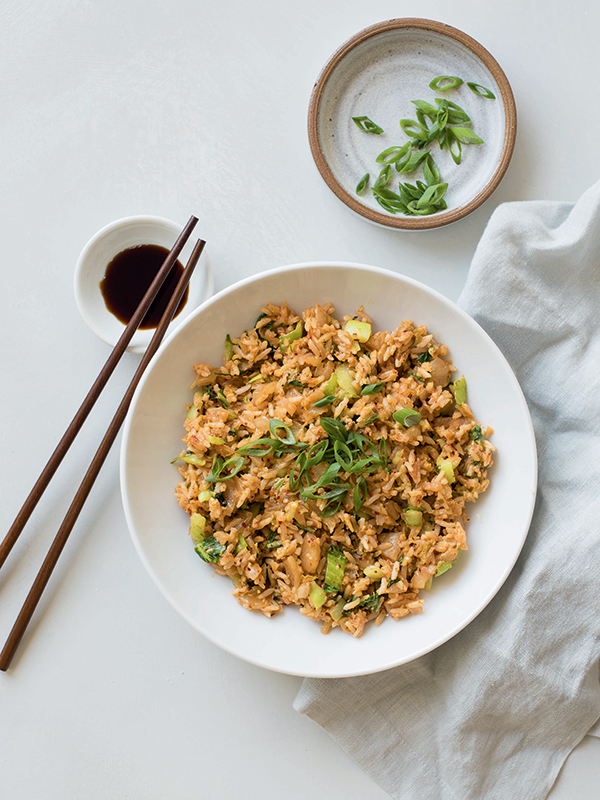
Servings: 4
Ingredients:
2 tbsp. (28 ml) canola or vegetable oil, divided
1 small onion, diced
2 cloves garlic, minced
3 bunches baby bok choy, chopped
1 1/2 cups (150 g) kimchi, drained and chopped, divided
3 cups (474 g) cooked long-grain white rice, preferably a day old
3 scallions, thinly sliced, plus more for serving
1/2 tsp. kosher salt
2 large eggs, beaten
2 tbsp. (28 ml) soy sauce or tamari
Directions:
1. Heat 1 tablespoon (15 milliliters) of the oil in a wok or large nonstick skillet over medium-high heat until shimmering. Add the onion and garlic and stir-fry for 1 minute. Add the bok choy and 1/2 cup (50 grams) of the kimchi and stir-fry until heated through, about 30 seconds.
2. Add the remaining tablespoon (15 milliliters) of oil and swirl around the pan. Add the rice, scallions, and salt and stir-fry for 2 minutes.
3. Push the rice to the outer edges of the pan, creating a well at the center. Pour the eggs into the center of the pan. Use a spatula to scramble the eggs, and once they begin to set, mix them together with the rice. Remove the pan from the heat. Add the remaining cup (100 grams) of kimchi and the soy sauce and stir to combine. Top with extra sliced scallions and serve immediately.
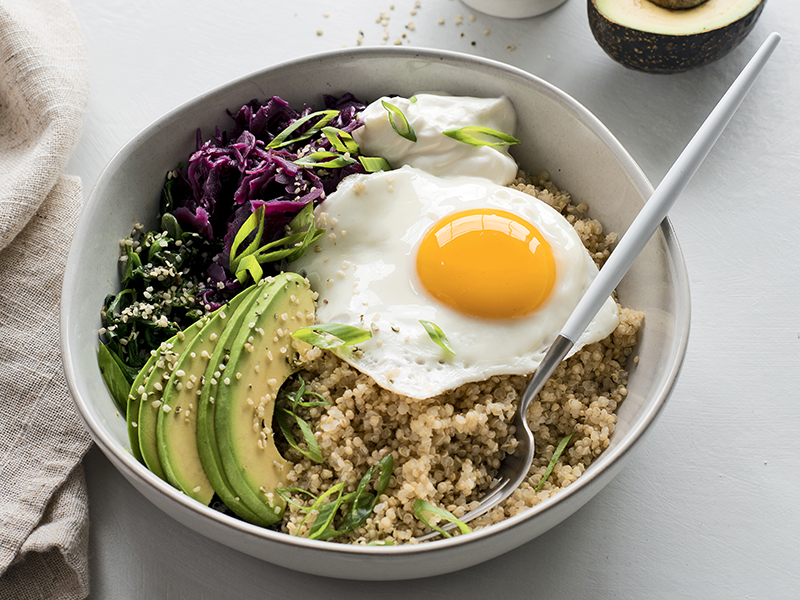
Servings: 4
Ingredients:
1 cup (173 g) uncooked quinoa, rinsed
1 3/4 cups (410 ml) water
Kosher salt
2 tbsp. (28 ml) extra-virgin olive oil, divided
4 cups (120 g) baby spinach, packed
4 large eggs
1 cup (240 g) fermented red cabbage kraut
1 avocado, peeled, pitted, and thinly sliced
1 cup (230 g) live-culture plain Greek yogurt, preferably whole milk
2 scallions, thinly sliced
4 tsp. (12 g) hemp seeds
Directions:
1. Combine the quinoa, water, and a generous pinch of salt in a medium saucepan. Bring to a boil and then reduce the heat to a simmer and cook, uncovered, until tender, 10 to 12 minutes. Remove from the heat, cover with a lid, and steam for 5 minutes.
2. Heat 1/2 tablespoon of the oil in a large skillet over medium heat until shimmering. Add the spinach and cook, tossing frequently, until wilted, 1 to 2 minutes. Divide the spinach among four bowls and wipe the pan clean.
3. Heat the remaining 1 1/2 tablespoons (25 milliliters) of oil in the skillet over medium heat. Crack the eggs into the skillet and season each one with a pinch of salt. Cook until the edges are crisp and the whites are set, about 3 minutes.
4. Divide the quinoa among the bowls. Top each with a fried egg, kraut, avocado slices, a generous scoop of yogurt, scallions, and hemp seeds.
Editors' Probiotic Picks
And if you're not exactly a home cook, we've got you covered, too. Take a look at some of our editors' picks for the best prebiotic and probiotic supplements on the market.
Next up: The 4 Worst Things You Can Do for Gut Health, According to an Expert
This article was originally published at an earlier date and has since been updated.
This article is provided for informational purposes only and is not intended to be used in the place of advice of your physician or other medical professionals. You should always consult with your doctor or healthcare provider first with any health-related questions.
Sarah is lifestyle writer and editor with over 10 years of experience covering health and wellness, interior design, food, beauty, and tech. Born and raised in Los Angeles, she attended New York University and lived in New York for 12 years before returning to L.A. in 2019. In addition to her work atBest Knockoff Luxury Clothing , she held editor roles at Apartment Therapy, Real Simple, House Beautiful, Elle Decor, and The Bump (sister site of The Knot). She has a passion for health and wellness, but she especially loves writing about mental health. Her self-care routine consists of five things: a good workout, “me” time on the regular, an intriguing book/podcast/playlist to unwind after a long day, naps, and decorating her home.
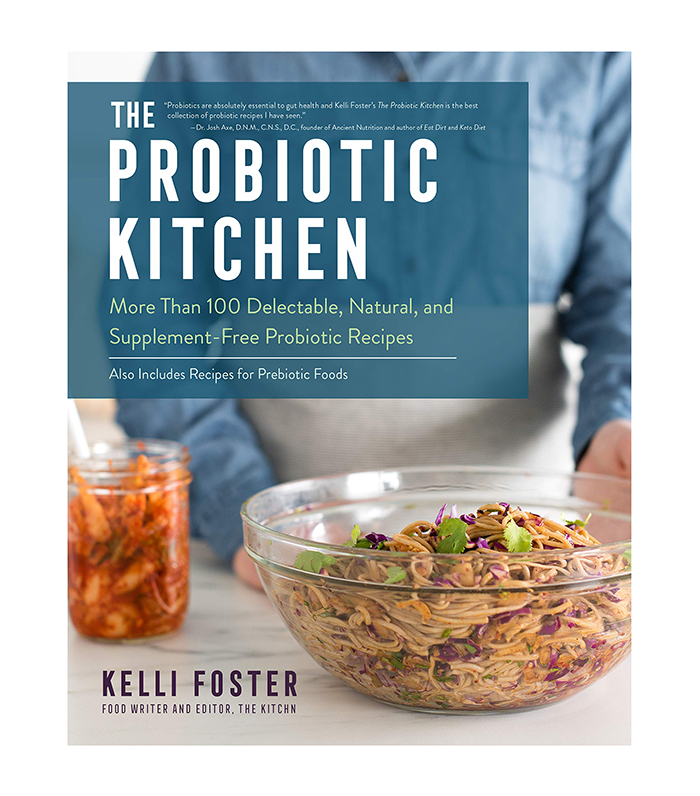
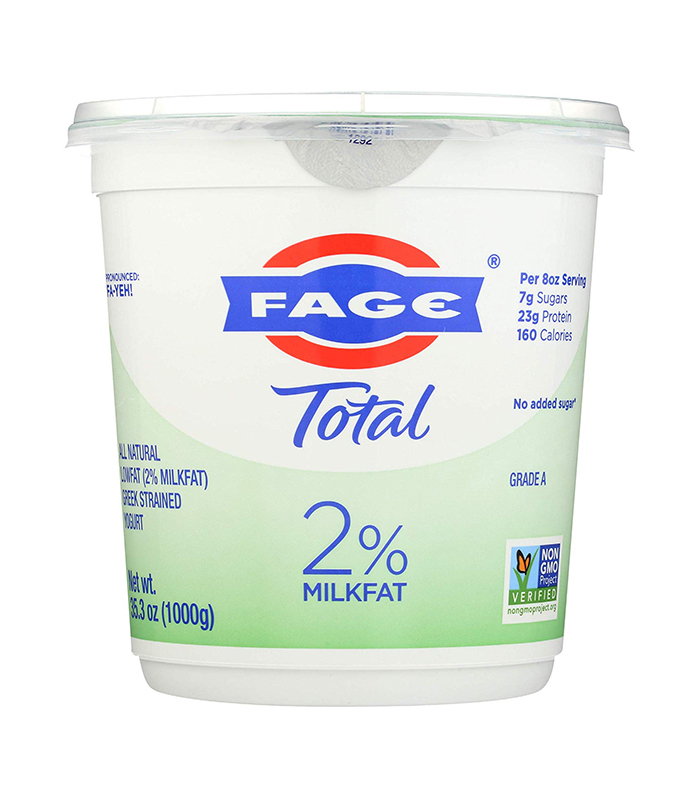
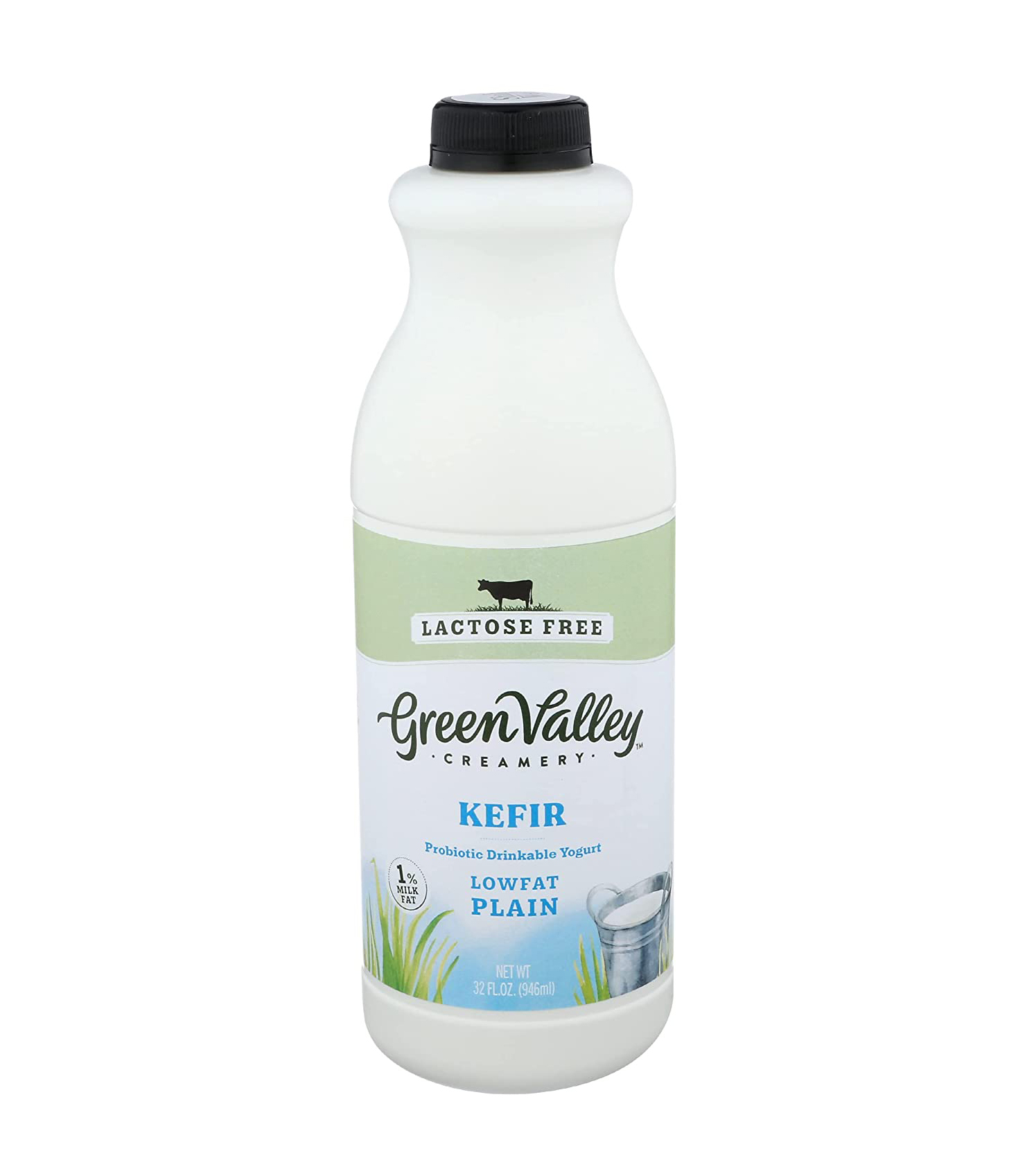
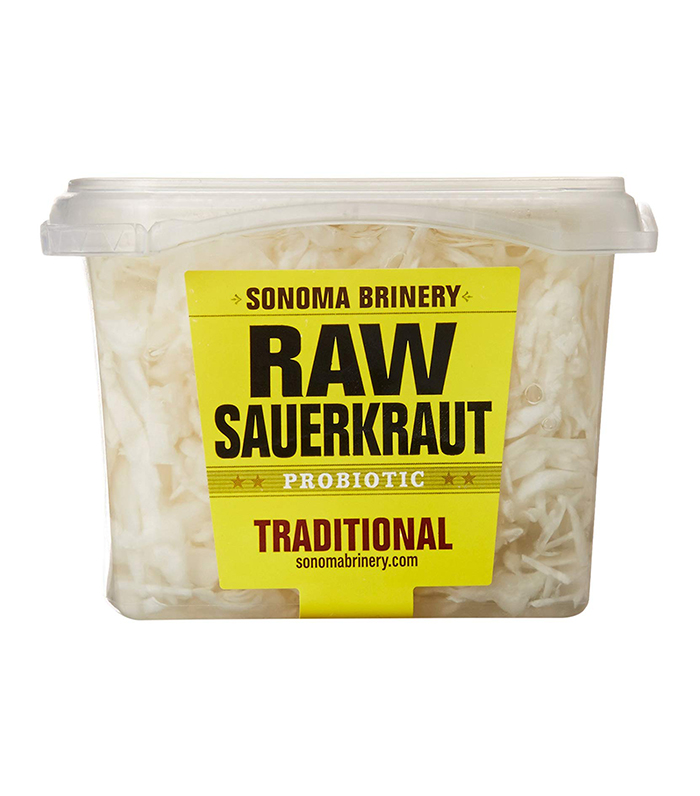
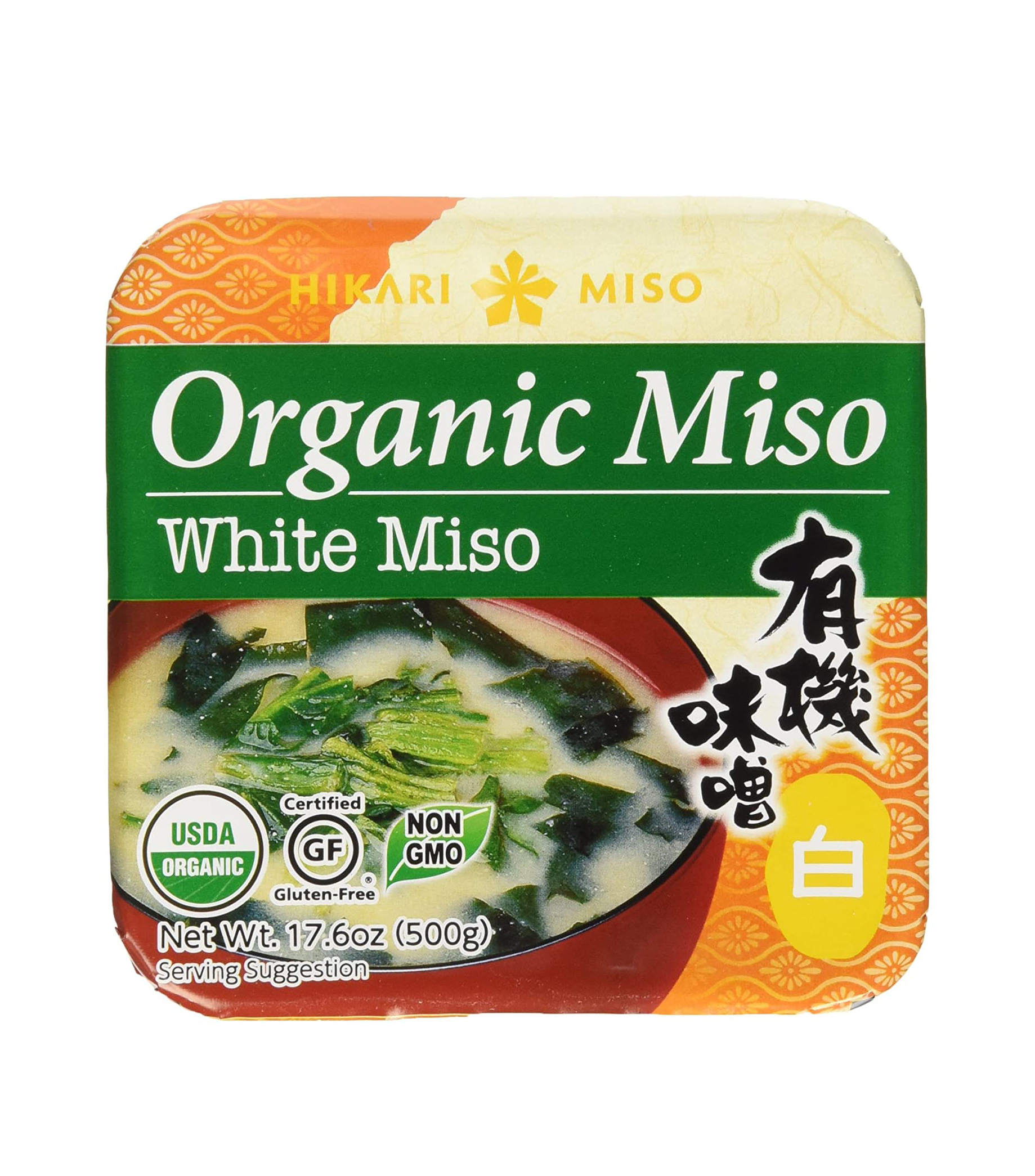
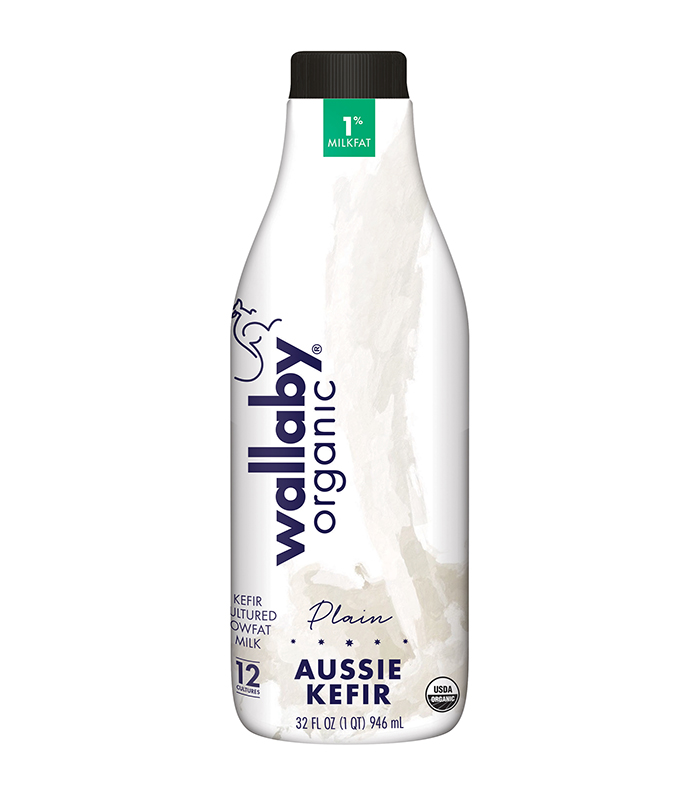
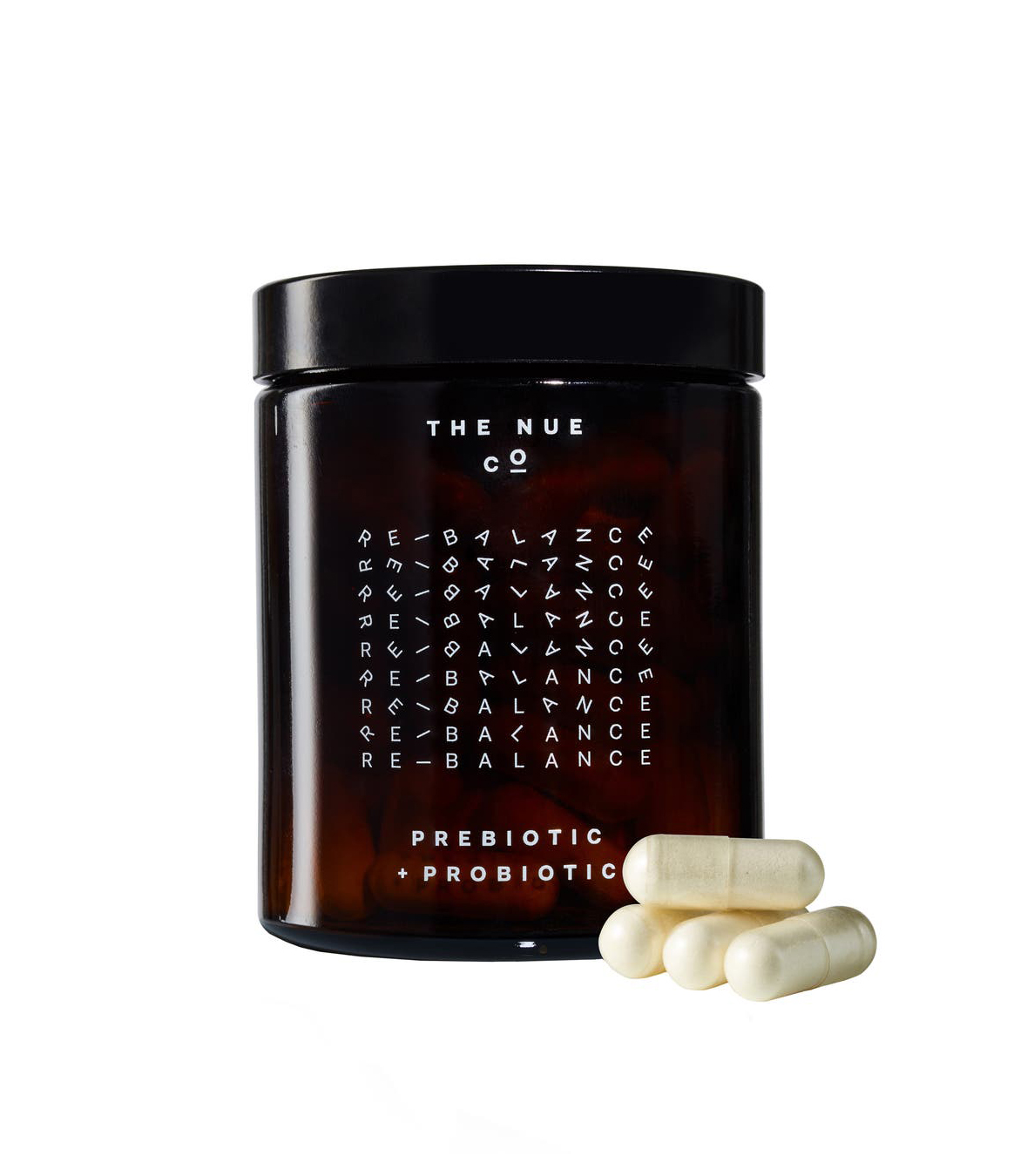
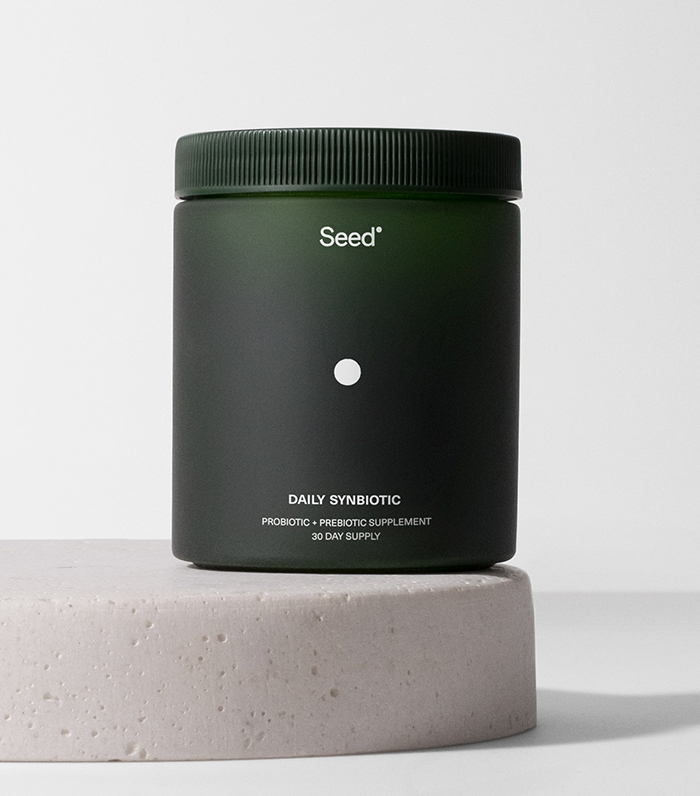
![Hum Nutrition + ]Flatter Me Digestive Enzyme Supplement](https://cdn.mos.cms.futurecdn.net/whowhatwear/posts/285935/how-to-incorporate-probiotics-into-diet-285935-1650654403770-main.jpg)
